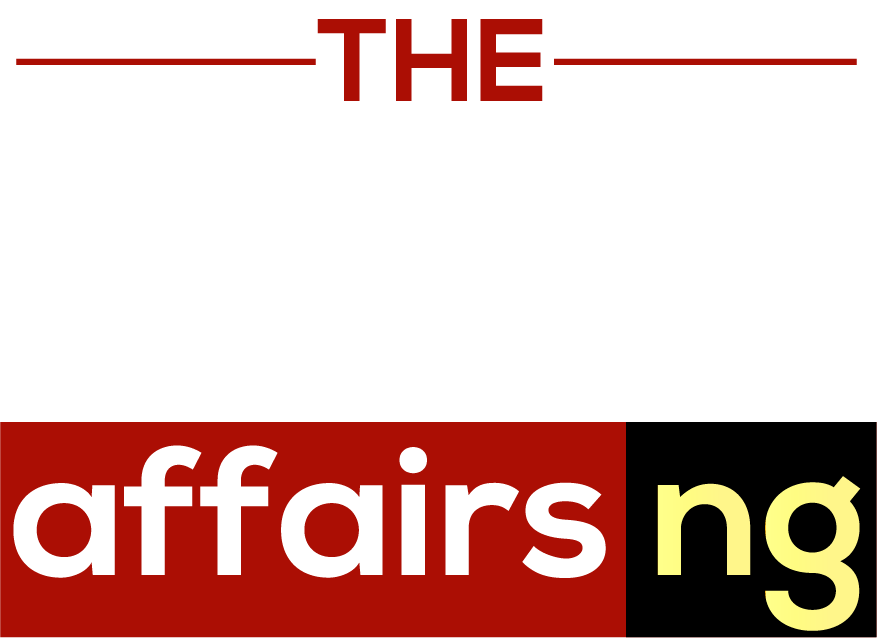It is only the second month in 2024 and Nigeria’s creaking grid has collapsed three times, emblematic of the deep-rooted challenges denying a country of 200 million people stable power.
The instability of the national grid is a function of having few plants – nine plants out of 22 – account for 80 percent of the energy fed into it, as electricity generation companies (GenCos) insist on receiving payment for power generated, according to findings by BusinessDay.
The GenCos, responsible for generating electricity, said they are owed billions of naira in outstanding payment by the Nigeria Bulk Electricity Trading Plc, which buys electricity through power purchase agreements and sells it through vesting contracts to the distribution companies, which then supply it to the consumers.
They argued that the lack of payment makes it difficult for them to secure gas supplies from upstream producers, who are also owed significant debts.
“Gas suppliers have stayed firm for the past three weeks on their demand for payment; payment discipline is a non-negotiable enabler for commercial growth,” a senior executive in the power sector said.
A top official of a GenCo who pleaded anonymity said no payment had been made to gas suppliers for January, compounding the liquidity challenges facing the industry.
“There is an insistence on payment by most GenCos for any transaction now due to the persistent liquidity issues coming from inappropriate tariff regime, poor collections and inadequate funding of government subsidies,” the source said.
According to the Nigerian Electricity Regulatory Commission, there are 22 grid-connected generating plants in operation, which comprise seven GenCos, five independent power producers and 10 generating stations under the National Integrated Power Project with a total installed capacity of 11,053.6 megawatts (MW).
However, of the 22 power plants, findings showed about nine of them account for about 80 percent of generation due to their size and availability.
Analysts say the implication is that the (over) reliance of the grid on the energy supplied by nine power plants may pose a risk to network stability in the event of a sudden loss of any of them unless adequate proactive measures such as spinning reserves are put in place.
Spinning reserves are backup energy production capacities that can be made available to the system operator (for transmission) within 10 minutes of a power system failure and can operate continuously for at least two hours once brought online. It is done by increasing the power generation output of power plants already connected to the system.
“One of the major challenges of the power sector is weak tariff regulation and liquidity crisis, which is borne out of the fact there are a lot of commercial losses and collection losses,” Chinenye Ajayi, an electricity lawyer and team lead of the Power and Infrastructure Practice at Olaniwun Ajayi LP, told BusinessDay.
Tinubu probes Buhari’s ₦23trn CBN loan
Adebayo Adelabu, minister of power, admitted Nigeria’s power sector is hamstrung by unpaid bills.
He said: “We have a legacy debt of $1.3 billion before 2014 to gas suppliers’ companies. At today’s rate, that is close to N2 trillion. If you add the N2 trillion legacy debt to N1.3 trillion owed to GenCos, we have an inherited debt of more than N3 trillion in the power sector.
“How will the sector move forward? Nigerians deserve the right to know and we are working underground to resolve these issues.”
This development has led to frequent power outages in Africa’s largest economy – as data revealed that Nigeria is currently experiencing almost 16,000MW power deficit despite having so far issued generation licences to 22 GenCos.
Data from the Independent System Operator by BusinessDay on national peak demand forecast on Tuesday revealed that the country requires nothing less than 19,798MW to reach sufficiency.
However, generation by the GenCos as of Tuesday was a meagre 3,834.5MW, leaving a deficit of 15,938MW.
“The major issue over the years has been the unavailability of gas,” Kayode Oluwadare, an energy expert, said. “Large gas-fired power plant projects require power purchase agreements and feed gas agreements before they can secure funding, but the inability of those projects to secure feed gas supply on a long-term basis is a major challenge.”
Although the government had at the beginning of the year agreed to pay electricity subsidies of N1.6 trillion in 2024 to the Nigerian electricity supply industry, just N450 billion was provided for in the budget.
Apart from the GenCos, there is also the insistence of Abuja Electricity Distribution Company on disconnecting electricity in the Presidential Villa and 86 federal government’s ministries, departments and agencies (MDAs) over N47.19 billion outstanding debts as of December 2023.
Experts said this creates a ripple effect, with DisCos unable to pay gas suppliers, leading to supply cuts and ultimately, power outages.
Some of the affected MDAs are chief of defence staff – Barracks and Military Formations owing (N12 billion); FCT Ministry (N7.6 billion); Ministry of Finance (N5.4 billion); Ministry of State Petroleum (N2.1 billion); Ministry of Health (N1.19 billion); Ministry of Information (N302 million); Ministry of Education (N1.8 billion) and Ministry of Agriculture (N140 million).
Others indebted are the Federal Inland Revenue Service (N362 million), Central Bank of Nigeria’s governor (N1.5 billion), Ministry of Foreign Affairs (N200 million), and Ministry of Budget and Planning (N168 million), among others.
.
